detail profile k c5 8dichi it c5 8d
Peran Yang Di Mainkan Kōichi Itō
 This Japanese melodrama chronicles the exploits...
This Japanese melodrama chronicles the exploits...Play It Cool 1970
This Japanese melodrama chronicles the exploits of a geisha's beautiful daughter. The daughter is the geisha's pride and she spares nothing to insure that she has a bright future. But the hard-working young woman's dreams of becoming a dressmaker are shattered.... She then becomes a nightclub hostess who plays cards with male patrons using her body as the prize.
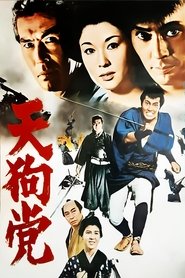 Sentaro is been severely beaten for...
Sentaro is been severely beaten for...Blood End 1969
Sentaro is been severely beaten for his defiance of the government and the high taxes during a time of famine. He is befriended by Kada Gentaro, a leader in the Mito Tengu group, which plans to overthrow the shogunate.
 Raiz Ichikawa reprises his role as...
Raiz Ichikawa reprises his role as...A Killer's Key 1967
Raizô Ichikawa reprises his role as the restaurant-cook-turned-contract-killer in this sequel to Kazuo Mori's stylish 1967 thriller A Certain Killer.
 Unusual volcanic activity in Japan awakens...
Unusual volcanic activity in Japan awakens...Gamera vs. Gyaos 1967
Unusual volcanic activity in Japan awakens Gyaos, a bloodthirsty flying monster with the power to slice things in half with an ultrasonic ray. While scientists and the military scramble to devise a way to stop this new threat, a young boy forms an alliance with Gamera; a monster no one else seems to trust.
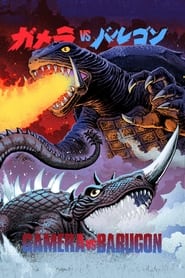 Gamera escapes from his rocket enclosure...
Gamera escapes from his rocket enclosure...Gamera vs. Barugon 1966
Gamera escapes from his rocket enclosure and makes his way back to Earth as a giant opal from New Guinea is brought back to Japan. The opal is discovered to have been an egg that births a new monster called Barugon. The creature attacks the city of Osaka by emitting a destructive rainbow ray from his back, along with a freezing spray capable of incapacitating Gamera.
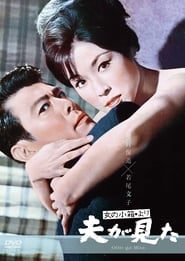 Namiko gets a crush on Ishizuka...
Namiko gets a crush on Ishizuka...Love and Greed 1964
Namiko gets a crush on Ishizuka, a young CEO of a nightclub, but he was plotting to destroy her husband’s company by greenmail.
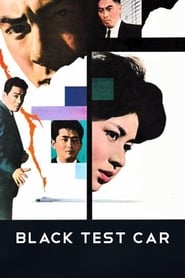 Two car manufacturers spy on each...
Two car manufacturers spy on each...Black Test Car 1962
Two car manufacturers spy on each other to try to find out details and prices of a new sports car each is about to launch.
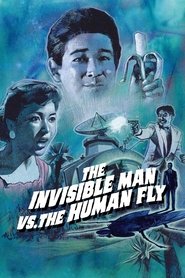 A series of ghastly murders are...
A series of ghastly murders are...The Invisible Man vs. The Human Fly 1957
A series of ghastly murders are being committed. The one similarity in each of the murders is that a strange buzzing sound is always heard right before the murder occurs. Is the killer invisible or possibly some other incredible creature?
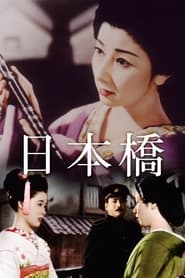 Ichikawas 1956 adaptation of Nihonbashi was the...
Ichikawas 1956 adaptation of Nihonbashi was the...Bridge of Japan 1956
Ichikawa's 1956 adaptation of Nihonbashi was the first to take the work of Kyoka Izumi— until then regarded as a writer of common tragic melodramas—and re-evaluate it as a tanbi-ha work of decadence, aestheticism, and intrigue. Ichikawa's film presents the tragic plot of the young geisha who is unable to enact her love for a man publicly in any way other than a histrionic story of torment, a heart-rending tale of lovers being crushed by fate. Instead, Ichikawa shows the contest of wills that transpires as two geisha, Oko and Kiyoha fight for the top spot in Nihonbashi, the pinnacle of the Tokyo geisha world. Nihonbashi is an elegant, if steely, exposition of manners. The young doctor, Shinzo Katsuragi, is the object of affection for both women, but appears to be more the choice reward for the plotting and thieving of these two early modern superwomen, than a lover they swoon over.
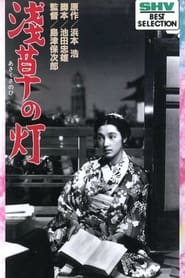 Prewar Asakusa was a riotous district...
Prewar Asakusa was a riotous district...The Lights of Asakusa 1937
Pre-war Asakusa was a riotous district of cabarets, dance-halls and brothels - a striking backdrop for Shimazu's story of innocence and experience. Pretty, young Reiko is the new dancer in an infamous theatre troupe, and her fellow performers try to protect her virtue in a land of vice. Meanwhile, an ageing actor wants to be a hero off stage as well as on, and the troupe matriarch Marie has to keep them all together.

 A young man leaves his widowed...
A young man leaves his widowed... A young man who followed his...
A young man who followed his...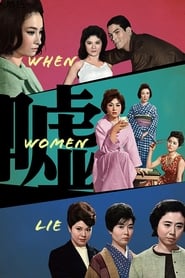 Three stories about the relationship between...
Three stories about the relationship between... Kaze is a philandering TV producer...
Kaze is a philandering TV producer...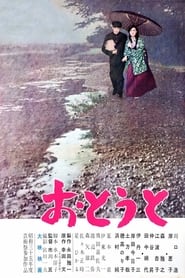 Set in 1926 when Japanese tradition was...
Set in 1926 when Japanese tradition was... In the closing days of WWII...
In the closing days of WWII... Nishi is an advertising executive for...
Nishi is an advertising executive for...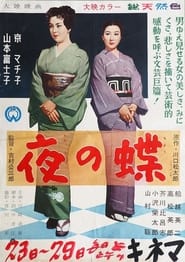 A traditional bar mistress in Kyoto...
A traditional bar mistress in Kyoto...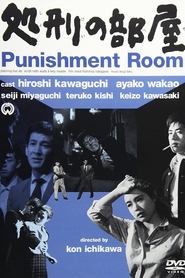 Shimada is a student of U...
Shimada is a student of U...
